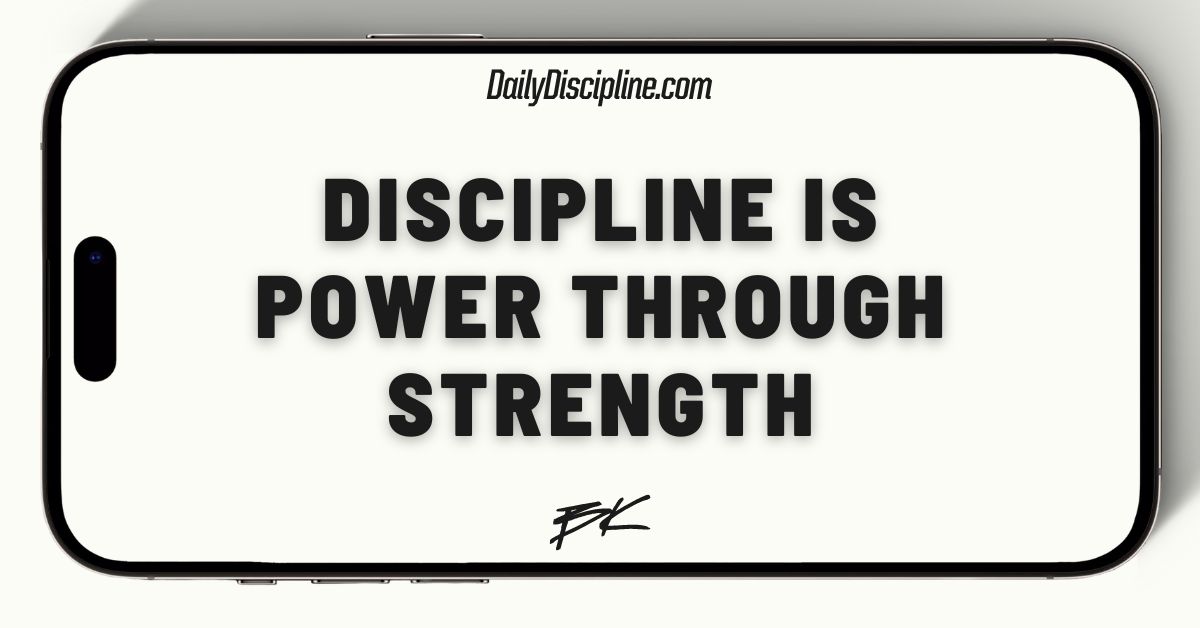There's always a moment when you recognize the disciplined thing to do. But recognition is not action.
Speed to discipline is the time it takes to convert recognition into disciplined action. Faster is better. Slower is worse. Discipline you do immediately produces better results than discipline you do eventually.
Speed to discipline affects results as much as strength, skill, or endurance. Sometimes more.
An endless chain of hesitations can insert themselves between you and disciplined action. Each suggests a reason to delay. Each tries to put off what is necessary. Each justifies itself.
Every moment of hesitation increases the friction you feel. With every added minute you delay, you are less likely to do the discipline you recognized.
Speed to discipline decreases the time between recognition and action.
Challenge yourself this week to increase your speed to disciplined action. When you recognize it, do it without hesitation. If you hesitate and come up with a justification for delay, pay attention to how that process worked within you.
Why did you want to delay? Why did you look for a reason to avoid the disciplined action? What rationalization did you use? Where else do you use that justification? Now that you've thought about it, why don't you do that disciplined thing right now?
Like endurance requires resilience, speed demands strength. You must make yourself act with speed or suffer the negative consequences of hesitation.
Brick by brick. Do the work.


Share your thoughts